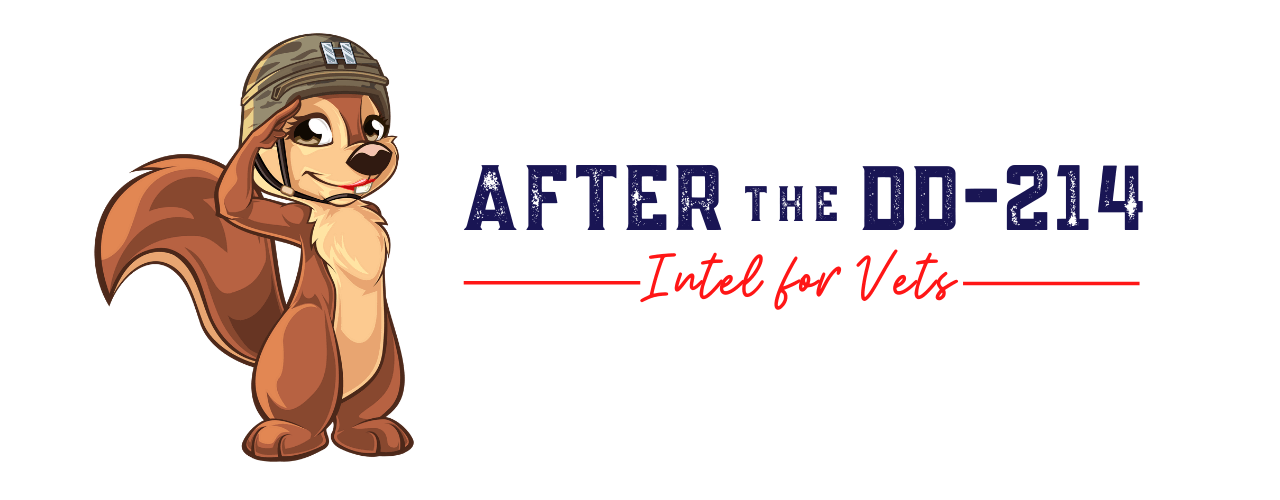Being part of an elite matters.
As a veteran, we are already part of an elite, the small percentage of people who take an oath to defend our country. That tells people something about us. If you also wear the label of Ranger, SEAL, PJ, Scout/Sniper, Flag Officer, etc., that tells people something else about you. Those are labels that mean something, that cause people to associate certain character traits with you – such as determined, capable, trustworthy – even if they have never met you. They are labels that will open doors because people understand that someone who bears that label has met a certain standard.
This doesn’t just apply to the military world. The civilian world has a multitude of elite groups as well and becoming a member of those elite groups will change your world in the same vast and unanticipated ways that joining the military did. Or, at least, that’s what Air Force Academy and Columbia Law School graduate, innovative entrepreneur, and former White House Fellow, Charles P. Garcia, says in his book Leadership Lessons of the White House Fellows.
The White House Fellowship, as Garcia outlines in Part I of his book, was created by then President Lyndon B. Johnson in 1964. Designed to find young talent and cultivate it, the White House Fellowship program takes individuals who are promising leaders in their field and allows them one year of incredible access to the highest levels of the U.S. Government. White House Fellows (WHF) have worked as:
– military assistant to the Deputy Secretary of Defense (retired Brigadier General and all-around phenomenon Pete Dawkins, WHF 1973-1974),
– Executive Secretary of the Treasury (retired two-star Admiral, former director of Girl Scouts of America and former President and CEO of the American Red Cross Marsha “Marty” Evans, WHF 79-80)
– in the office of Housing and Urban Development (former Navy SEAL, author, and founder of The Mission Continues Eric Greitens, WHF 2005), and
– with the White House National Economic Council (Active Duty LDR and Surface Warfare Officer Robert McFarlin, WHF 2013-2014).
I’ve listed here a few military and veterans who have served as fellows, but fellows are chosen from a variety of backgrounds, including non-profit workers, lawyers, entrepreneurs, authors, educators, engineers, and others.
All of them have varied experiences as White House Fellows, including domestic and international travel, educational lectures, and involvement in some of the key moments in our nation’s history. In Part II of his book, Garcia gives you a glimpse of what former White House Fellows have experienced and illustrates leadership principles through the use of anecdotes, gathered through interviews with former fellows. Each chapter in this section is titled with a leadership principle, such as “Leaders Act with Integrity” and “Leaders Ask the Tough Questions,” and can be read independently of the others.
A program like this is highly competitive – less than 20 individuals are chosen each year (this year there were only 12) – so applying requires intense preparation, a detailed application, and more than a dose of endurance. Garcia admits that he didn’t feel he was qualified to apply to the program but, with the encouragement of others, he took the leap and made the cut. To encourage you and give you a leg up, in Part III of his book, Garcia tells you exactly what the process entails, including details on each part of the application and interview process. He also gives a few tips on what worked for past fellows, the best way to approach the application process, and, in the attached appendix, examples of how each part of the application should be formatted.
While it may be difficult to imagine in our current “Everybody gets a trophy” society, distinguishing yourself from your peers does make a difference. The more accomplishments you can add to your resume, especially ones as prestigious as the White House Fellowship, the more successful you are going to be. Not only are you going to make it easier for people to recognize your capabilities by a brief glance at your resume, you are also going to gain access to an entirely new group of people and, as we’ve been talking about all week, people hold opportunities and opportunities are the keys to getting where you want to be in this world. But don’t just take my word for it; pick up Charles P. Garcia’s book, Leadership Lessons of the White House Fellows, and see for yourself.
One last little note: Fellowship recipients are paid a nice stipend (currently in the six figures) and must be in the DC area during their fellowship year. Application deadline is February 1 of the year prior to participation.
You can find more information on the White House Fellows Program at: http://www.whitehouse.gov/about/fellows and http://www.whff.org/ and in this article in the Chicago Tribune http://articles.chicagotribune.com/2013-12-01/news/ct-white-house-fellows-met-20131202_1_fellows-white-house-sanjay-gupta
You can find more information on the author at: www.charlespgarcia.com
© 2014 – 2020, Sarah Maples LLC. All rights reserved.

No Comments